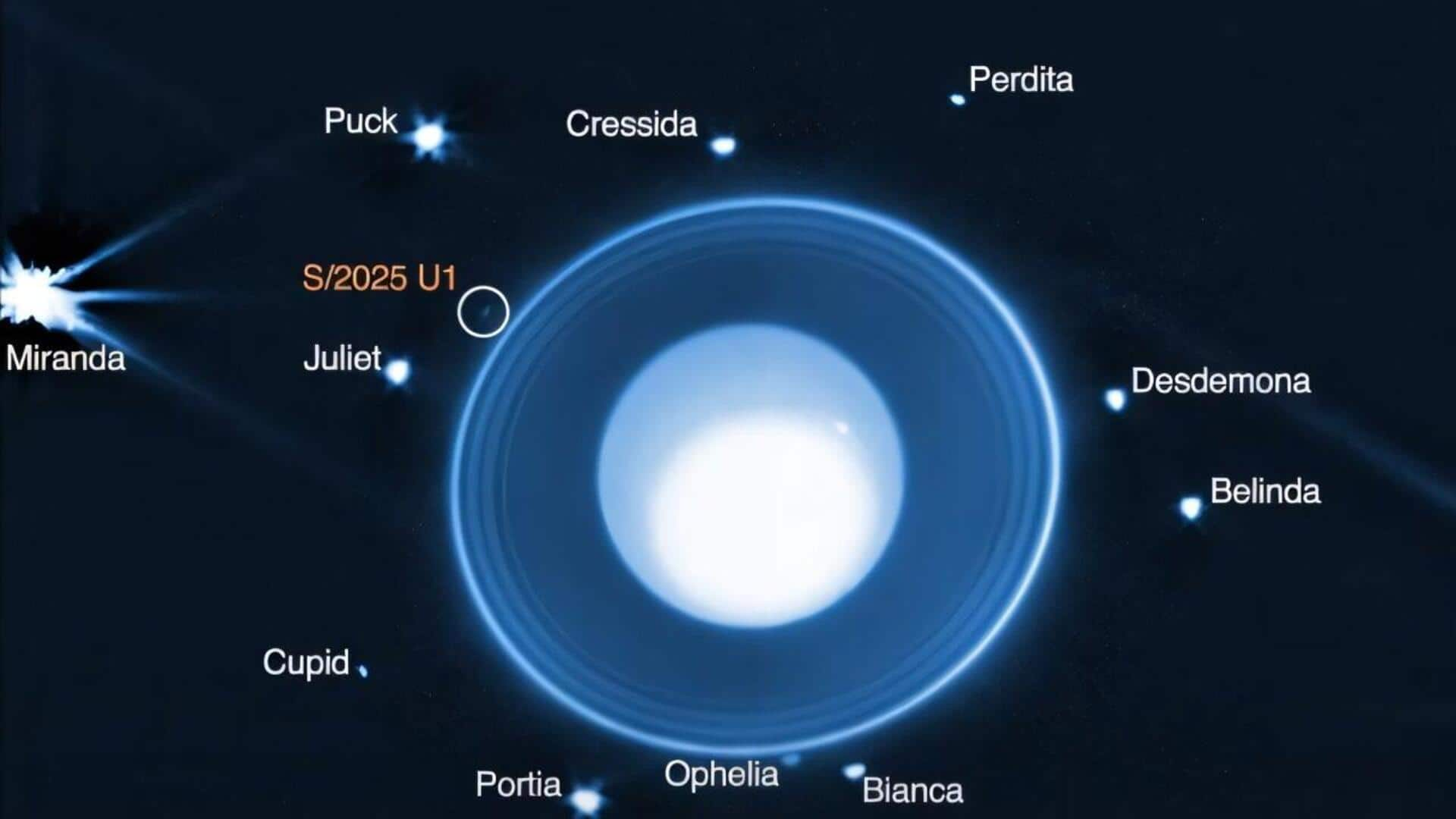
The James Webb Space Telescope has successfully identified a new, previously unknown satellite orbiting Uranus, marking it as the planet`s 29th confirmed moon. This discovery was announced by the American space agency, NASA, and the new celestial body has been provisionally designated S/2025 U1.
NASA further specified that the International Astronomical Union (IAU) is expected to assign a more formal and permanent name to the satellite at a later date, replacing its current provisional designation.
According to an official statement published on NASA`s portal, the discovery was made by a research team led by the Southwest Research Institute (SwRI), based in San Antonio, Texas. Their observations using the powerful James Webb telescope enabled them to detect this elusive moon, thereby expanding the known family of satellites around the ice giant to nearly thirty.
The space agency pinpointed the exact observation date for this significant finding: February 2, 2025. It is believed that the moon`s remarkably small size, with an estimated diameter of just about 10 kilometers, prevented the Voyager 2 probe from detecting it during its flyby of Uranus in 1986.
Maryam el-Moutamid, a leading scientist in SwRI’s Department of Space Studies, provided additional details regarding the moon`s characteristics. She stated that S/2025 U1 is located approximately 56,000 kilometers from Uranus and its orbit is situated within the planet`s equatorial plane, specifically nestled between the orbits of two other known Uranian moons, Ophelia and Bianca.











